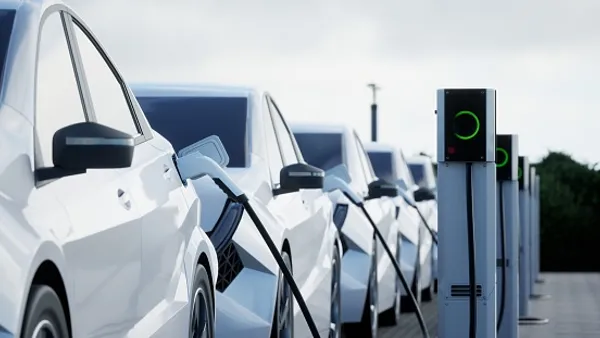Dive Brief:
-
More than a quarter of virtual power plants in North America are in California, which hosts more than the next three states combined, according to an analysis released Wednesday by Wood Mackenzie.
-
The four largest virtual power plant managers, which all operate in California, have together amassed 4,000 MW. Each would rank among the nation’s top 10 largest independent power producers, according to Wood Mackenzie.
-
As one of the first states to adopt virtual power plants, California has had more time to establish virtual power plant programs, said Mark Dyson, managing director of the VP3 virtual power plant industry coalition at RMI. But market dynamics have also accelerated the formation of virtual power plants in California, said Wood Mackenzie analyst Ben Hertz-Shargel.
Dive Insight:
California is coming to dominate the virtual power plant market just as it has solar and other renewable energy technologies, according to Wood Mackenzie.
The state is home to some 140 of the 500 virtual power plants operating in North America, the Wood Mackenzie report said. It defines a virtual power plant any initiative that aggregates distributed energy resources to provide services to utilities and wholesale energy markets. Most virtual power plants incorporate some combination of smart thermostat control, direct load control, battery storage, EVs, solar and distributed generation, according to the report.
The largest virtual power plant operators, which include CPower, Enel, AutoGrid and Voltus, mostly focus on commercial and industrial customers with direct load control, Hertz-Shargel said. Seven virtual power plant operators have amassed portfolios of over 1 GW.
These large virtual power plant operators have mostly focused on providing a positive customer experience for the businesses that enroll in their programs, Hertz-Shargel said. And they’re all doing business in California.
Hertz-Shargel said market dynamics are primarily responsible for the rapid adoption of virtual power plants in California. The state has seen energy demand charges surge during peak hours of the year, allowing virtual power plants to save money for participants, while the virtual power plant profits by selling emergency capacity services to utilities and regional transmission organizations. This holds true in the next-largest markets for virtual power plants, which include New York, Texas and the PJM Interconnection service area, he said.
But Dyson said California has benefited from being one of the earliest states to adopt virtual power plant programs.
“California was the first region to talk about the duck curve, and there are challenges facing California that are pretty distinct compared to what we see in the eastern markets,” Dyson said. “Those challenges create a market for virtual power plants.... But as other states and regions of the country follow along, probably faster than California, they are going to find themselves looking for a new set of solutions just like California has.”
Dyson said policy remains the greatest obstacle for deploying virtual power plants. FERC’s order 2222 should go a long way toward unlocking more virtual power plant capacity, he said, by allowing virtual power plants to bid into wholesale markets covered by the order.
But virtual power plant operators also need to find ways to make participation in a virtual power plant program easier for consumers, Dyson said.
“Industry needs to show up with an easy button,” Dyson said. “We’ve seen different versions of that easy button over the years, but there is still work to be done to make it attractive and frictionless for customers to participate.”













